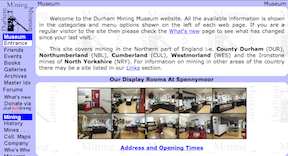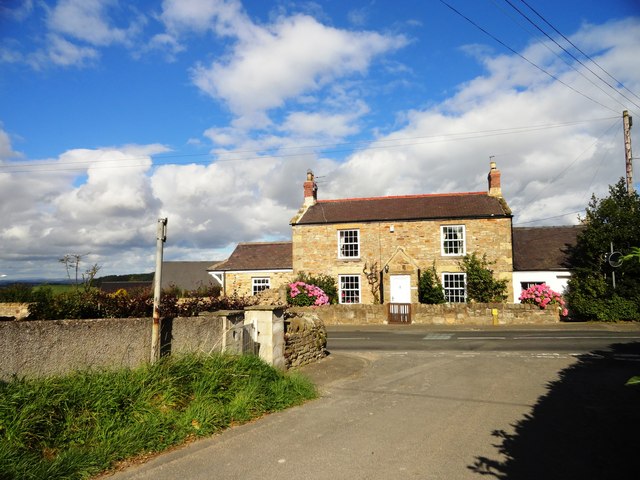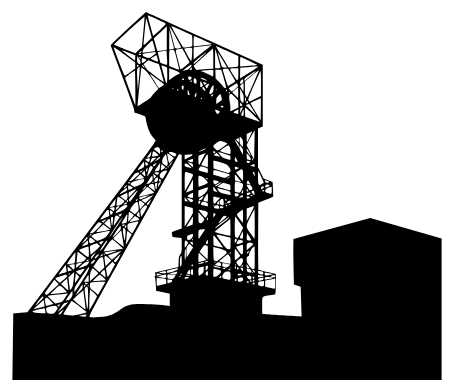Topics > Northumberland > Whittonstall > Coal Mining, Whittonstall
Coal Mining, Whittonstall
There is a long history of coal mining around Whittonstall. There are remains of bell pits around the area, indicating small scale coal mining in the 17th century or earlier[1]. (Bell pits referr to the shape of the excavation; a narrow vertical shaft was sunk down to the coal or iron ore seam, which was then opened out into a small chamber. Typically, little supporting timber was used, so once the roof became unsafe, the pit was abandoned and another shaft sunk nearby). Whittonstall Colliery operated from the c.1820s to the mid-19th century (but little information on this).[2] Whittonstall Drift Mine operated from 1907 to 1966; in 1921 there were 401 people employed at the mine (322 working below ground, 79 on the surface)[3] In the 1910's the drift mine was owned by Consett Iron Co., Ltd. There were railway links between the mines owned by Consett Iron Co., Ltd. This was a narrow gauge electric railway (German shareholders favoured electric traction, as with the Harton Electric Railway, which had similar, but larger locomotives). However, post nationalisation of the coal industry, the railway here was converted from electric to cable haulage.[4] Opencast mining was undertaken in the 1970s (the earthwork remains of the manorial site of Whittonstall Hall were scheduled in 1968 to give legal protection to the heritage site, but was removed from the Schedule in 1970 for the coal mining to take place).[5] In the early 2010s there were proposals by UK Coal to mine 2 million tonnes of coal over a seven-year period at Whittonstall. There was widespread public opposition to the proposed opencast mining, led by Whittonstall Action Group. UK Coal withdrew the proposal in June 2014.[6]
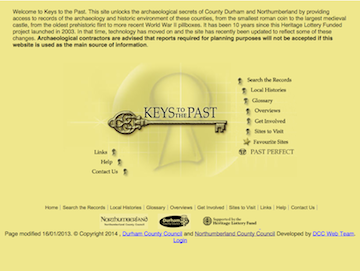
from https://keystothepast.info/se…
Whittonstall bell pits (Shotley Low Quarter)
- A row of post-medieval bell pits were revealed during modern opencast coal mining activity in 1971. Although there was no dating evidence the pits are thought to be earlier than …
Added by
Simon Cotterill
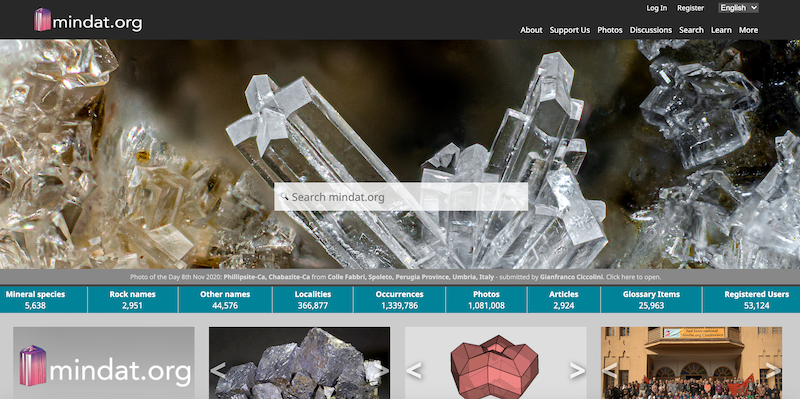
from https://www.mindat.org/loc-38…
Whittonstall Colliery, Shotley Low Quarter,
- opened 1820, closed 1850.
Added by
Simon Cotterill
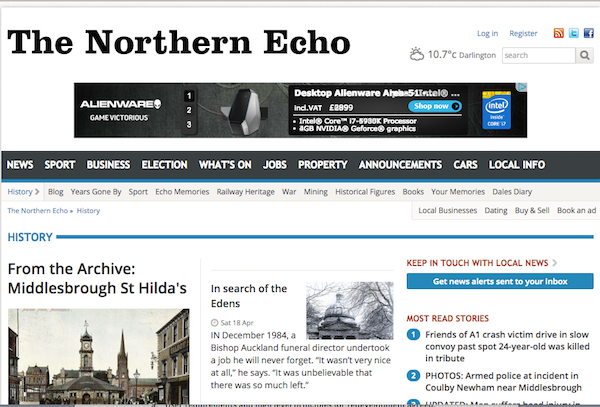
from https://www.thenorthernecho.c…
Mining company withdraws controversial plan
- Northern Echo 12th June 2014. "CONTROVERSIAL plans to create an opencast coal mine on the border of County Durham and Northumberland have been withdrawn.
UK Coal has been hoping to …
Added by
Simon Cotterill
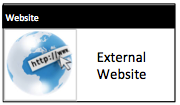
from https://www.rmweb.co.uk/forum…
Whittonstall Railway diorama
- Aricle by Dunalastair, July 4, 2023."....the Whittonstall Railway. This was a narrow gauge electric railway in the north east, near Chopwell. It linked drift mines to the west with the …
Added by
Simon Cotterill

from https://keystothepast.info/se…
Whittonstall manorial site (Shotley Low Quarter)
- Whittonstall Hall occupied a site on the summit of a hill, close to the Roman road Dere Street. No ruins remain, only some ridges and mounds; but there are some …
Added by
Simon Cotterill


from https://keystothepast.info/se…
Whittonstall bell pits (Shotley Low Quarter)
- A row of post-medieval bell pits were revealed during modern opencast coal mining activity in 1971. Although there was no dating evidence the pits are thought to be earlier than …
Added by
Simon Cotterill

from https://www.mindat.org/loc-38…
Whittonstall Colliery, Shotley Low Quarter,
- opened 1820, closed 1850.
Added by
Simon Cotterill

from https://www.thenorthernecho.c…
Mining company withdraws controversial plan
- Northern Echo 12th June 2014. "CONTROVERSIAL plans to create an opencast coal mine on the border of County Durham and Northumberland have been withdrawn.
UK Coal has been hoping to …
Added by
Simon Cotterill

from https://www.rmweb.co.uk/forum…
Whittonstall Railway diorama
- Aricle by Dunalastair, July 4, 2023."....the Whittonstall Railway. This was a narrow gauge electric railway in the north east, near Chopwell. It linked drift mines to the west with the …
Added by
Simon Cotterill

from https://keystothepast.info/se…
Whittonstall manorial site (Shotley Low Quarter)
- Whittonstall Hall occupied a site on the summit of a hill, close to the Roman road Dere Street. No ruins remain, only some ridges and mounds; but there are some …
Added by
Simon Cotterill
